High Tech Design Safety is a global environmental and conformity firm that deals with product safety and equipment to support you getting your products to market. Wesupport you with UL listing, CE marking, FCC, EMC, EMI and all those other acronyms that lead up to you getting your product to market.
This video will speak mainly about 10 steps to conformity for semiconductor manufacturing equipment.
CEO and founder, Steve Barcik Amstel’s experience over the years with Semiconductor manufacturing equipment includes being on lead on environmental and product safety at Sematech, and US Product Safety manager for Tokyo Electron. In addition to those roles, for ten years he helped write the standards and was the chairman of the Global EHS committee, which wrote standards that he talks about today on this video including SEMI S2, SEMI S8, SEMI S14 and a bunch of others. All of these standards mainly deal with the safety and design, testing and certification of semiconductor manufacturing equipment.
This video provides a guide for you achieving SEMI S2 and CE Conformity for your Semiconductor Manufacturing Equipment and that is mainly the equipment that is going to go into these large fabs. Most large semiconductor manufacturers require SEMI S2 and CE marking and some require additional specific requirements that will be in their request for quote. This conformity will improve their overall safety and increase reliability of their equipment while also improving the sales and acceptance of your equipment into this very specific valuable and profitable market.
So the first step is to determine the relevant standards. So since we are making semiconductor equipment, we definitely will need to consider SEMI S2, SEMI S8, SEMI S9 and SEMI S14. They are all going to apply. Now SEMI S2 is the standard for the Environmental Safety and Health requirements for semiconductor equipment. SEMI S8 deals with the ergonomics or how a human, your operators and maintenance people interface with that equipment and operate it. SEMI S14 deals with the risk of fire and how to mitigate fire risks within your manufacturing equipment.
For CE, the baseline documents are going to be either IEC 60204 which is electrical for Industrial Equipment or IEC 61010 which is electrical safety for measurement and laboratory equipment.
From there you may have additional hazards. You may have lasers. You may have radiation. There might be chemicals. There might be heated baths. There are a lot of different other additional hazards and when we talk with you about getting your equipment to market, we will deal with those standards when we scope your project.
So relevant standards, the IEC 60204 that Steve mentions and the IEC 61010 are going to apply to semiconductor manufacturing equipment. Lasers are IEC 60825 and there is a newer standard for safety of lamps and other lighting equipment. Photo-biological safety of lamps and lamp systems is IEC 62471-2.
Additionally relevant standards may include seismic protection from the Uniform Building Code or a national building code. High Tech Design Safety can help you through those as well.
The next step would be to gather the required documentation, meaning to have copies of the standards and to verify your components and sub-systems are conforming and generate a critical components list while at the same time providing a schematics, BOMs, manuals and labels that you may have already selected in your design process.
Next you want to verify that the design of equipment meets the Standard as early as possible. What High Tech Design Safety does is come out and help you to do a design review. They can often do this remotely, however, being on site with the equipment and team builds momentum and helps to move your equipment to market faster.
At this point, Steve and his team help to identify the changes that might need to be made and help you to determine best practices and solutions to achieve conformity on those parts.
Next what you want to do is to continue to gather additional information, documentation on the parts using the standards and verifying your equipment further. Also you will want to complete verifying that the design and equipment meets the standards once you have done the engineering changes from the design review.
Then we will evaluate the system using our own proprietary in-house process that accelerates and eases conformity for your product.
After that, your next step will be to review the preliminary report in detail and we can help walk you through the changes that may or may not be needed. At this point, if you are working with HTDS then we have done the design review and are fairly confident that you will be receiving your CE mark and S2 certification. And this is exactly what you are out to do…accelerate your product to market.
From there, we will evaluate the changes and create an audit program to be sure that your equipment continues to be in conformance at your manufacturing site whether it is your own or a contract manufacturer.
And the final step is to celebrate and announce to the market and your customers that your equipment conforms to these various standards! Issue press releases and let marketing know so that they can capitalize on your conformity.
A way to make these 10 steps easy is to take one step and contact Steve Barcik Amstel and his team at www.HighTechDesignSafety.com


